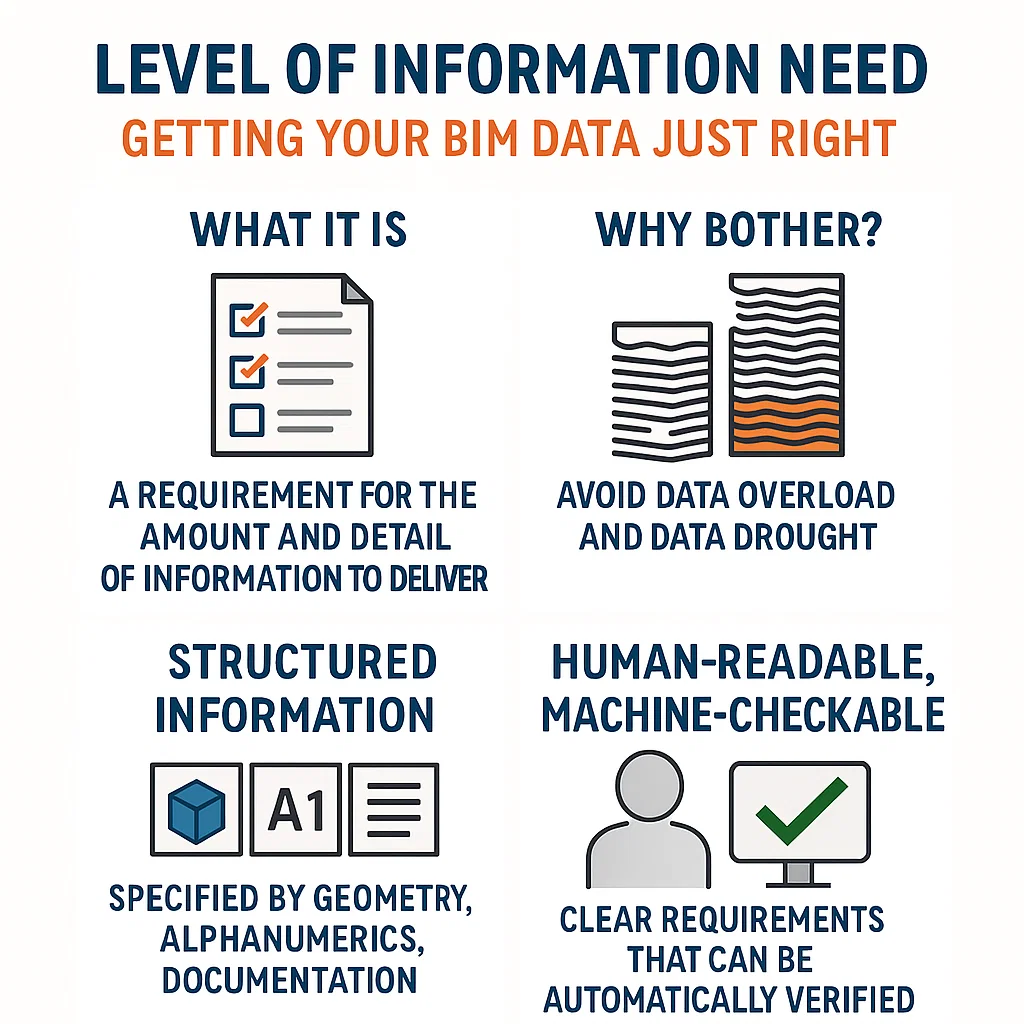Emergency Voice Communication System (EVCS)
Revit Guides
Data Management
An Emergency Voice Communication System (EVCS) or (EVC) is a fixed, monitored and maintained, bidirectional, full duplex voice communication system (Refuge system) designed to facilitate the orderly evacuation of disabled or mobility-impaired individuals and to improve the communication of firefighters during emergencies.
Intended uses for an EVCS
In the early stages of evacuation, before the fire and rescue service arrives, the EVC system may be used between the control room and fire wardens/marshals on various floors or stewards at a sports venue.
Typically, a floor can call the control centre to say it has been cleared.
The fire and rescue service would normally take control of the evacuation upon arrival, with a fire officer at the control centre communicating with other officers via the EVC system.
During a fire, the fire and rescue service would continue to use the EVCS. A mobility impaired person or anyone who can’t use an escape route can identify their presence and communicate with the control centre.
Disabled Refuge
A Disabled Refuge area is a safe place for people who can’t use fire escapes and evacuation lifts to call for help and wait during a building evacuation. When stairwell crowding eases, building management and emergency services can safely help these people leave.
Simple, effective two-way communication (Refuge system) is essential in these areas to help rescue teams determine where help is needed and to reassure people help is on the way.
Mobility impairment is defined as being unable to walk 200m without assistance, for example people with arthritis, leg and back injuries, and pregnant women over 6 months.
Fire telephones can also be used for wardens to call the control point during fire drills and primary evacuation phases before the fire and rescue services arrive and assume control.
They should also be installed In buildings when the shape, size or type requires communication between remote locations and the central control point such as in sports venues, to assist stewards in controlling the evacuation.[1]
[1] Marlowe Fire & Security, “Emergency Voice Communication Systems .” (accessed Jul. 20, 2022).

Level of information need
Ever feel like you’re drowning in BIM data you don’t need, or scrambling for details that should’ve been there? Enter the concept of Level of Information Need. It’s a straightforward idea buried behind a not-so-straightforward name (looking at you, BS EN ISO 7817-1:2024). In plain English, a Level of Information Need defines exactly what information should be delivered – no more, no less – for a given BIM use case or project stage.

